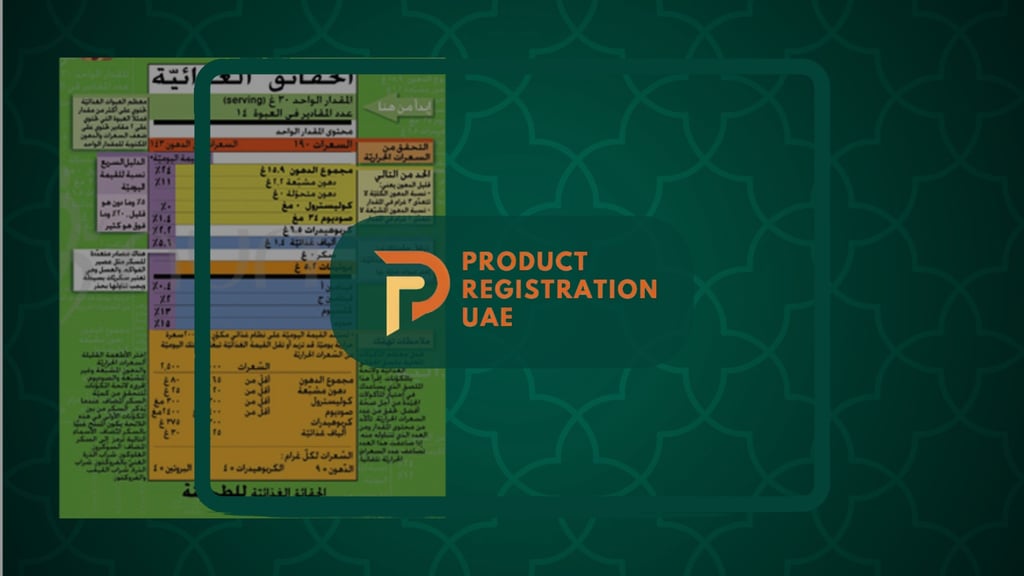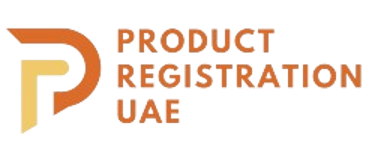Arabic Labeling Requirements UAE
Arabic labeling requirements UAE in a 30-point checklist: ingredients, warnings, Arabic-English layout, date formats, and dossier matching to avoid rejections.
8/27/20254 min read


Arabic Labeling Compliance for the UAE:
The 30 Most‑Missed Items (Checklist)
In the UAE, labeling is often the difference between instant approval and weeks of rework.
The rule of thumb is simple: if a consumer needs the information to use the product safely and properly, it must appear clearly in Arabic (and English, where applicable) and match the dossier exactly.
This guide distills the 30 items brands most often miss when preparing labels for cosmetics, foods, supplements, and personal care products in the UAE—so you can fix them before submission.
Why Arabic Labeling Matters in the UAE
It’s a consumer‑protection requirement—shoppers must be able to read ingredients, warnings, and usage in Arabic.
Reviews move faster when labels follow a predictable structure and match the portal entries.
Retailers increasingly reject items that lack Arabic basics even if the product is technically registered.
What Authorities Expect (In Plain Language)
Truthful, complete, and legible information in Arabic.
One version of the truth across artwork, dossier, and portal data.
No claims beyond evidence (safety, efficacy, halal, vegan, organic, etc.).
The 30 Most‑Missed Label Items in the UAE (Fix‑Before‑Submission Checklist)
Use this as a pre‑submission audit. If any item is unclear or missing on your artwork, fix it before filing.
A) Identity & Traceability
Arabic product name that matches the classification (e.g., “مرطب للوجه” / face moisturizer).
Brand owner name as registered; distributor/importer where applicable.
Country of origin (not just “manufactured by” addresses).
Batch/lot number printed and scannable; no overlaps with SKU codes.
Manufacturing/expiry or best‑before date in acceptable UAE format.
B) Net Contents & Use
Net quantity in metric units (mL, g) with Arabic and English.
Intended use / product function stated clearly in Arabic (e.g., cleanser, serum, supplement).
Directions for use in Arabic—step order, frequency, contact time if relevant.
Storage conditions (e.g., “يُحفظ في مكان بارد وجاف بعيداً عن أشعة الشمس”).
Consumer contact details (UAE contact or website/QR that resolves).
C) Ingredients & Allergens
Full INCI list (cosmetics) with Arabic header and exact order; no marketing synonyms replacing INCI.
Allergen disclosure where required (foods/supplements); Arabic allergen names must be accurate.
Animal‑derived ingredient origin where relevant (e.g., glycerin, collagen).
Alcohol origin/content if present; avoid vague “alcohol‑free” claims without basis.
Flavour/fragrance declarations consistent with dossier and portal entries.
D) Warnings & Claims
Mandatory warnings per category (e.g., keep out of reach of children; eye irritation).
Age/usage restrictions where needed (pregnancy, pediatrics, photosensitivity).
Claim substantiation—no “therapeutic” or drug‑like claims on cosmetics.
Halal/vegan/organic symbols only if certified; seal style must match the certificate.
Sun exposure, allergens, or patch‑test advice if relevant to risk.
E) Typography & Layout
Arabic font size large enough to read at retail distance; avoid hairline fonts.
Contrast and background—no text over busy images; avoid silver‑on‑silver.
Panel hierarchy—identity, net contents, and critical warnings must be easy to find.
No over‑stickering that hides required data; translations must be permanent.
Barcodes/QR codes not covering mandatory Arabic text.
F) Consistency With the Dossier
Artwork vs. formula—INCI names, percentages (if shown), and allergens match dossier.
Artwork vs. portal—net content, origin, brand owner, and SKU names align 1:1.
Claim scope—if dossier doesn’t include a claim, don’t add it to the label.
Date formats—use the same convention across artwork, carton, and unit pack.
Change control—version code/date on artwork so auditors can trace updates.
Quick Pre‑Submission Label QA Flow (Use Before You Upload)
Arabic‑English bilingual check—is every consumer‑critical field fully translated?
Match dossier—open the formula and portal draft; compare line‑by‑line.
Risk scan—animal‑derived inputs, alcohol origin, therapeutic claims, and allergen terms.
Print test—actual size printout; check legibility, contrast, and panel hierarchy.
Final sign‑off—log the artwork version; store in your change‑control register.
Avoiding Delays: Practical Tips From Reviews
Standardize templates across product families to reduce mistakes at scale.
Don’t rely on stickers for core Arabic text; use permanent print whenever possible.
Keep supplier letters on file (animal origin, alcohol origin, allergen statements).
Run a mock audit—have someone unfamiliar with the product confirm the label is understandable in Arabic alone.
Update your label library when a regulation, ingredient status, or certification changes.
FAQs (Search‑Style)
Is Arabic mandatory for all consumer products in the UAE?
For most categories sold to consumers, yes. Critical information must appear in Arabic and be legible at retail distance.
Do I need to translate the INCI list into Arabic?
INCI names remain in Latin script; translate the section headers and any non‑INCI descriptors into Arabic.
Can I use a QR code for some information?
Yes for extended info, but core requirements (identity, net contents, usage, warnings, allergens) must still appear on‑pack in Arabic.
What font size is acceptable?
Authorities don’t publish a single point size; the standard is clear legibility at typical viewing distance. Print a mockup at 100% to confirm.
What if my product is tiny (e.g., a 5 mL vial)?
Use outer packaging for full details; include a leaflet where necessary. The on‑pack still needs basic Arabic identifiers.
Recommended Reads
Government Approvals Support in the UAE
Regulatory Consulting Services in the UAE
Halal Certification for Cosmetics in the UAE
See our guide to post approval variations in the UAE.
If you’re preparing labels now—or fixing objections—our team can pre‑screen Arabic artwork, align dossier and portal data, and draft responses that clear reviews quickly.
Contact Us or Use the chatbot in the corner to share your artwork, and we’ll run a rapid label QA before you submit.


